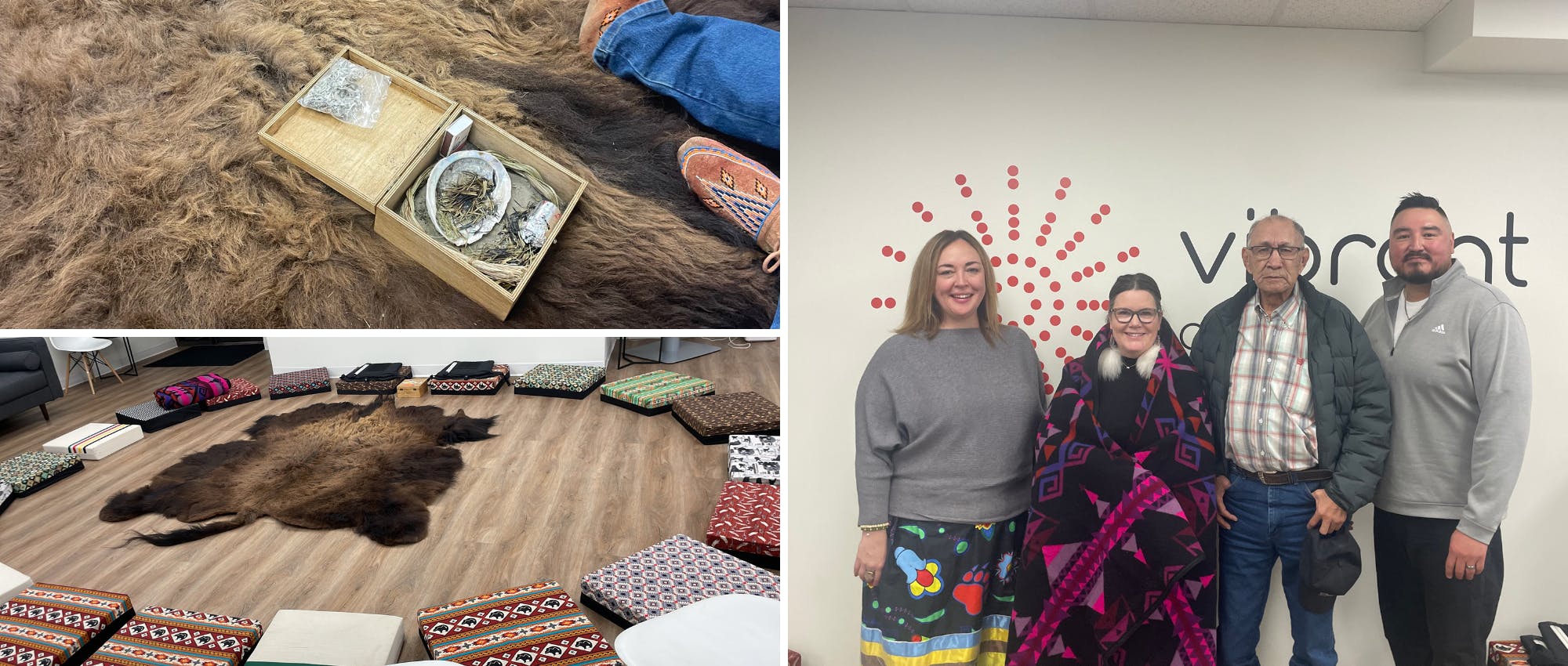Every month it’s the same story. Food costs are up, rents are unaffordable, we’re bracing for record breaking utility costs this winter. These added costs have implications for all of us, but imagine you’re only making $15, $16, or even $20 per hour. Well, it means making tough choices.
Adequate employment is central to reducing poverty and a significant portion of people that live in poverty are employed full time. What’s the answer? Well, it’s complicated, but one solution is living wages.
Vibrant Communities Calgary has been publishing Calgary’s living wage since 2008 as a resource for policymakers and employers. The living wage is a proxy for the cost of living in Calgary and is determined by calculating average expenses using local costs, subtracting taxes, and adding government transfers for a given household.
$22.40 per hour is now what it takes to have a modest standard of living in Calgary. It’s more than $7 per hour more than our current minimum wage which hasn’t changed since 2018.
I know what you’re thinking, and we hear it all the time, that these are kids, living at home with their parents. The truth is about 73% of minimum wage earners are not teenagers and approximately 41% have children.





